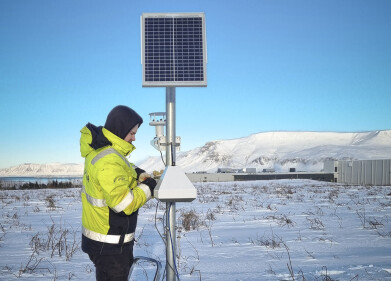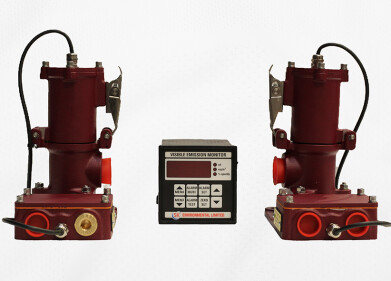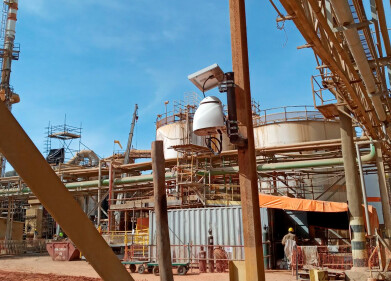Air Monitoring
How Are Indoor Air Pollutants Monitored?
Jul 29 2021
While public awareness over air pollution has risen sharply in recent years, much of the focus has centred on outdoor air quality. But did you know that the air inside your home or workplace could be as much as five times more polluted than that outside? In fact, it’s believed that as many as 3.8 million people lose their lives prematurely each year as a result of exposure to poor quality indoor air.
So which pollutants are most prevalent and problematic when it comes to indoor air? How are they monitored? And what can be done to tackle the issue? This informative article contains all the answers to those questions and more, so read on to find out.
Which are the most common indoor air pollutants?
There are a wide variety of pollutants which adversely affect indoor air quality, though a few are more commonplace and concerning than others. Volatile organic compounds (VOCs) are some of the guiltiest parties when it comes to compromising indoor air quality. Released as gases from processes or products, VOCs are commonly emitted by things like cleaning agents, dehumidifiers and disinfectants.
While VOCs can normally be detected via the human nose, other contaminants like carbon monoxide and particulate matter are completely odourless. The former is emitted by malfunctioning boilers, generators and furnaces or nearby car exhausts, while the latter are microscopic particles produced by a wide range of activities, including smoking, cooking, construction and fossil fuel combustion.
How are indoor air pollutants monitored?
In order to effectively monitor air pollutants, it’s necessary to put in place a network of sensors. Different sensors are specifically designed to measure different pollutants – and you can find out more about such products in our Buyers Guide dedicated to indoor air quality. Sensors should be distributed throughout the building and placed at appropriate height levels, according to the pollutant in question.
Most sensors on the market today are smart-enabled, meaning they will deliver their results wirelessly to a centralised database. You can then use a dashboard app or web programme to view, at a glance, the various concentrations of each pollutant in your home or office and take appropriate action to resolve the situation.
How can I improve indoor air quality?
While there is no sure-fire way to guarantee that the air in your home or workplace is completely free from contamination, there are steps you can take to boost its quality. First and foremost, adequate ventilation is key to ensuring that pollutants are not allowed to accumulate in an environment. Simply opening a window can work wonders in dispersing unwanted particles from the air.
However, it’s also important to nip the problem in the bud before it even develops. That means using cleaning agents and disinfectants made from organic materials rather than chemicals, limiting activities which could generate contaminants and regularly cleaning vents, grills and filters. Contracting a professional air cleaning service provider to remove particulates from your indoor atmosphere is another method of tackling the issue.
Digital Edition
IET 34.2 March 2024
April 2024
Gas Detection - Biogas batch fermentation system for laboratory use with automatic gas analysis in real time Water/Wastewater - Upcycling sensors for sustainable nature management - Prist...
View all digital editions
Events
May 13 2024 Munich, Germany
May 15 2024 Lund, Sweden
May 15 2024 Frankurt-am-Main, Germany
May 20 2024 Columbus, OH, USA
May 21 2024 Lagos, Nigeria
.jpg)

















